If you want to know how and why Dynamine® pre workout is the next best stimulant, you want to read this article.
Not a year goes by that the sports nutrition industry isn’t inundated by a cavalcade of new ingredients, boasting to take human performance to heights unseen…and this year is no different.
One of the hottest ingredients over the past year is a dynamic new pre workout stimulant / nootropic agent called Dynamine®.
This close relative of caffeine and TeaCrine® has been receiving high praise for its ability to rapidly enhance energy, focus, mood, and performance, and we’ve got all the information on this intriguing new compound below!
What is Dynamine®?
The simplest way to explain what Dynamine® is, would be to compare it to another compound known pretty well in pre workouts and nootropics.
Essentially, Dynamine® (methylliberine) is a faster-acting, harder-hitting form of TeaCrine® (theacrine).
Many of you who have tried some of the leading pre workouts of the past few years are well acquainted with TeaCrine, and know first-hand its incredibly long-lasting energy and focus.
But... the “issue” for some is that it can take too long for TeaCrine to kick in, since it takes around 90-120 minutes to really “ramp up”.
So, the marketers of TeaCrine®, Compound Solutions, worked with their research partners to find a compound that delivered all of the same great effects as TeaCrine, but in a fraction of the time.
The result of their relentless research and development quest turned out to be a close relative of TeaCrine® in Dynamine®.
More on Dynamine®
For the more science-oriented folks that are interested in the specifics of “what is Dynamine®”, this is the section for you.
If you’re just interested in what it does and how it feels, then skip this portion, because it’s about to get deep in here….
Dynamine is actually the trademarked name for a compound called methylliberine.
Why call it Dynamine®?
A Dynamo is a machine that converts mechanical energy into electrical energy.
“Dynamo” led to the name Dynamine®, which is a neuro-bioenergetic built to inspire human “machines” to maximize physical and cognitive potential. Plus, “Dynamine®” sounds a hell of a lot cooler than methylliberine from a marketing standpoint!
Dynamine® (as well as TeaCrine®) belong to a class of compounds known as methyluric acids (or methylurates), which are derived from methylxanthines (i.e. caffeine and theobromine), meaning they have similar structures.
These structural differences, while they might look rather minor on paper, translate to big changes in the manner in which they impact your brain and central nervous system.
The molecular formula for Dynamine® is 2-methoxy-1,7,9 Tetramethyluric acid.
Compare that to the molecular formula for TeaCrine®’s (1,3,7,9 Tetramethyluric acid), and you biochemistry folks will note that the methyl group on the “3-position” of the TeaCrine molecule is “popped off” the ring and placed onto one of the oxygens (2-oxo) on the pyrimidine ring.
The result of this merry-go-round of molecules is the formation of a “methoxy” group, which increases lipid solubility.
Additionally, this methyl group mambo also makes the new molecule (Dynamine®) less hydrophilic, which is awesome for the user because less hydrophilic compounds can more readily cross the blood-brain barrier.
This newly created methoxy group may also be the reason Dynamine® seems to “hit” harder and faster than TeaCrine, too.

Where Does Dynamine® Come From?
Like caffeine, Dynamine® is made by chemical synthesis. It is naturally found in the same plant sources as all other purine alkaloids, including caffeine, theacrine, theobromine, theophylline, xanthine, and paraxanthine. The bountiful botanical that contains all of these CNS-boosting compounds is none other than Coffee robusta.
Now, many of you may think this is the same coffee as what you drink every morning, but it’s not.
The bean from which you brew your morning joe is the fruit of the coffee arabica plant, not coffee robusta. While found in high amounts in robusta species, Dynamine® (as well as TeaCrine®) is not found as abundantly in the robusta species.
Additionally, Dynamine® can also be found naturally occurring in a few other botanical sources as well, including:
- kucha (Camellia assamica var. Kucha)
- Cocoa
- yerba mate
- Cupuaçu (pronounced. Koo-poo-ah-soo)
Note: While Dynamine® can be found in some tea varieties, it is NOT present in Camellia sinensis (black or green tea).
Chances are most of you have never heard of Cupuaçu (Theobroma grandiflorum).
So, what is Cupuaçu?
It is a cacao-like tree native to the Amazon basin of Colombia, Peru, Brazil, and Bolivia. The fruit of Cupuaçu remembles cocoapods. These pods contain a white pulp, which is where various alkaloids can be found.

How Does Dynamine® Work?
Due to the novelty of Dynamine®, there isn’t much to be found in terms of long-ranging clinical studies on the compound.[1,2,3]
It’s brand new on the scene, and as such, the only way to understand how and why Dynamine® does what it does, is to go directly to the source...which is exactly what we did.
In speaking with the pioneers of Dynamine®, Hector L. Lopez, M.D., CSCS, FAAPMR, FISSN, Tim Ziegenfuss, PhD, CSCS, FISSN and Compound Solutions’ CEO, Matt Titlow, we learned that methyluric acids [such as Dynamine® (methyliberine) and TeaCrine® (theacrine)] are an exceptionally rare “breed” of compounds that can stimulate and activate the brain WITHOUT affecting heart rate, blood pressure, or vasoconstriction (pressor response).[6]
In other words, Dynamine® (by itself or in combination with TeaCrine®) is able to stimulate the central nervous system, without impacting your cardiovascular system.
So, unlike so many other stimulants that have you feel like your heart is about to burst out of your chest or have you struggling to catch your breath, Dynamine just ignites your mind with virtually no impact on heart rate or blood pressure.
As a bonus, this also means that Dynamine® also exerts less of an impact on your adrenal glands than other stimulants, which helps reduce cortisol (stress) levels, too!
Energy, Mood, and Focus
Due to the novelty of this compound, research is still ongoing to identify all of the mechanisms through which Dynamine® impacts the central nervous system, but based on preliminary studies, it appears that the pharmacodynamics of Dynamine®, relative to that of theacrine, is a bit different (most likely due to the structural variance that exists between the two).
If you remember from above, we mentioned playing a game of “musical chairs with the methyl group”, the result of which allows Dynamine® to more readily cross the blood-brain barrier (BBB), leading to a quicker onset of action (i.e. “harder hitting” and faster acting).
This also opens up the possibility that Dynamine may potentially stimulate dopamine receptors more powerfully than TeaCrine as well as cause greater downstream signaling of other neurotransmitters such as GABA, serotonin, or norepinephrine.
Compound Solutions has also postulated that it antagonizes adenosine receptors like similar to that of TeaCrine® (allosteric modulation). Thereby giving Dynamine® the energy and alertness-boosting capabilities similar to (but slightly different than) that of caffeine.
Preliminary human studies on Dynamine® have noted that the onset of action is substantially more dynamic (hence the name, Dynamine®), with reports of test subjects noting enhanced energy, mood, and focus (EMF) about 15 minutes post-ingestion with EMF peaking around the 60-minute mark.
In addition to a quicker onset of action, these structural differences between Dynamine® and TeaCrine® also mean that Dynamine® has a shorter half-life with respect to theacrine.[7]
This makes Dynamine® a great option for inclusion in pre-workouts since it exerts its actions so quickly. TeaCrine®, on the other hand, is great for enhancing the “tail” of the sensory experience, and be used for sustained attention.
Anticipated Effects
So, what can you expect to feel when you take Dynamine®?
Essentially, you’ll feel a “cognitive tickle” or “awakening” which is reminiscent of the “kick” you get from caffeine. But, the main difference between this heightened sense of mental energy and alertness, as compared to that of caffeine, is that it’s not placing a massive burden on your adrenal or cardiovascular system.
Remember, methylurates (i.e. methyluric acids), such as Dynamine®, act differently than methylxanthines (i.e. caffeine, theobromine, xanthine) due to the one oxygen group difference between the two. This results in a different impact on the cardiovascular system that we discussed in detail above.
Doesn’t Affect Sleep
As a bonus to the lack of cardiovascular and adrenal impact, Dynamine® should not affect your ability to go to sleep at night, according to Compound Solutions. This is based on some findings from the preliminary human studies that gave subjects Dynamine® late in the day and assessed their sleep quality using the PSQI (Pittsburgh Sleep Quality Index).
This makes Dynamine® a great ingredient to use any time of day when you need to get hyped for a workout or late night study session, as it will awaken your cognitive abilities, yet when it’s time to go to bed, you can do so with ease.
What is the Recommended Dose for Dynamine®?
Based on anecdotal feedback as well as the early research conducted by Compound Solutions, the “sweet spot” for Dynamine® appears to be in the range of 50-100mg range. If using Dynamine® alone, or in combination with other non-stim ingredients (such as rhodiola rosea), then 100mg or more is suggested.
A pilot study found that the combination of 100mg Dynamine® + 50mg TeaCrine® as well as 150mg Dynamine® + 25mg TeaCrine® did not adversely impact cardiovascular parameters in healthy subjects.[6]
Is Dynamine® Legal and Safe?
YES!
One of the best attributes of a Dynamine® stimulant, compared to other common pre workout stimulants, is that it is completely legal and naturally occurring.
Compound Solutions concluded Dynamine’s® full battery of safety studies and achieved self-affirmed GRAS (generally recognized as safe) status (Note: GRAS is the criteria needed to obtain “reasonable certainty of causing no harm under conditions of intended use.”).
The NOAEL (No Observed Adverse Event Level) was determined to be 150 mg/kg bw/day. An estimated human equivalent dose (HED) is 105mg[8].
The seminal toxicology study demonstrating long-term safety with FDA’s required 100x safety factor is now published.[7] The 105mg dose includes a 100x safety factor, which means there was no adverse event up to 100x the 105mg dose! What is remarkable is Dynamine’s® unique combination of safety and sensory experience unheard of from any other compound.
This is remarkable considering caffeine and other compounds could NOT comply with these rules if caffeine hadn’t been “grandfathered” in.
What to Stack with Dynamine®
Caffeine
Dynamine® seems to exert the majority of its effects through antagonism of adenosine receptors and the upregulation of dopamine. There’s no compound better for performing those two actions than caffeine.
As such, it makes perfect sense that stacking caffeine and Dynamine® would make a hard-hitting, fast-acting stack for increased energy, focus, and motivation.
The addition of caffeine may also enhance the sensory experience when combined with Dynamine®. It also significantly enhanced and prolonged the metabolism of caffeine![9]
A recent study showed that when TeaCrine and caffeine were stacked, the bioavailability of TeaCrine was significantly improved.[5]
As far as dosing the two compounds together, we like to dose them:
Caffeine: 200-300mg
Dynamine®: 100mg
The impact of this on global energy, mood, and focus markets cannot be understated.

Caffeine + TeaCrine®
This stack is the perfect stack for energy that lasts all day long.
Caffeine and Dynamine® provide the immediate spark you need to get your day off to a rocking start, and just as their effects are starting to wane, TeaCrine picks up to carry you on for an additional 3-4 hours.
The enhanced mental energy and focus make this stack ideal for those long days of work or study, when you’re grinding from dawn till dusk.
- Caffeine: 200-300mg
- Dynamine®: 100mg
- TeaCrine: 100mg
Caffeine + Choline
This stack is another personal favorite of ours, especially for training and productivity.
The inclusion of choline supports the production of acetylcholine, a neurotransmitter that affects memory, learning, cognition, mental processing, as well as muscle contractions.
During training, this means you may experience greater focus as well as a significantly stronger mind-muscle connection, enabling you to really “feel” each and every muscle fiber contracting.
- Caffeine: 100-300mg (depending on preference)
- Dynamine®: 100mg
- Choline Bitartrate: 500-2000mg
What Supplements Use Dynamine®?
If the prospect of this new super-stim has you chomping at the bit, eager with anticipation, you don’t need to look very far.
Primeval Labs includes an impressive 260mg of Dynamine 40% (yielding 104mg active Dynamine®) in every full serving of Mega Pre Black.
Mega Pre Black was formulated to be the consummate energy and performance pre workout that significantly boosts energy, with performance to match.
References
- Clarke RJ, Macrae R. Coffee: Physiology. Springer Netherlands; 1988. https://books.google.com/books?id=oI6LtxfEKkwC.
- Maier HG, Weidner M. Minor alkaloids in caffeine-containing beverages. Dtsch Leb. 2000;96(10):363-368. https://www.cabdirect.org/cabdirect/abstract/20003008257
- Mazzafera P. Catabolism of caffeine in plants and microorganisms. Front Biosci. 2004;9:1348-1359. https://www.bioscience.org/2004/v9/af/1339/2.htm
- https://www.google.com/patents/US9468645
- He, H., Ma, D., Crone, L. B., Butawan, M., Meibohm, B., Bloomer, R. J., & Yates, C. R. (2017). Assessment of the Drug–Drug Interaction Potential Between Theacrine and Caffeine in Humans. Journal of Caffeine Research, 7(3), 95–102. https://doi.org/10.1089/jcr.2017.0006
- Proceedings of the Fifteenth International Society of Sports Nutrition (ISSN) Conference and Expo: Clearwater Beach, FL, USA. 7-9 June 2018. J Int Soc Sports Nutr. 2018;15(Suppl 1):1–37. Published 2018 Nov 6. doi:10.1186/s12970-018-0256-5
- Timothy S. Murbach, Róbert Glávits, John R. Endres, et al., “A Toxicological Evaluation of Methylliberine (Dynamine®),” Journal of Toxicology, vol. 2019, Article ID 4981420, 25 pages, 2019. https://doi.org/10.1155/2019/4981420.
- Nair AB, Jacob S. A simple practice guide for dose conversion between animals and human. J Basic Clin Pharm. 2016;7(2):27–31. doi:10.4103/0976-0105.177703
- Olanoff, K. (2020). Compound Solutions, Inc. and a university research partner have concluded a landmark clinical study demonstrating synergy between methylliberine (as Dynamine ® ) and caffeine, as well as Dynamine ® and TeaCrine ® in combination with caffeine., 9881.


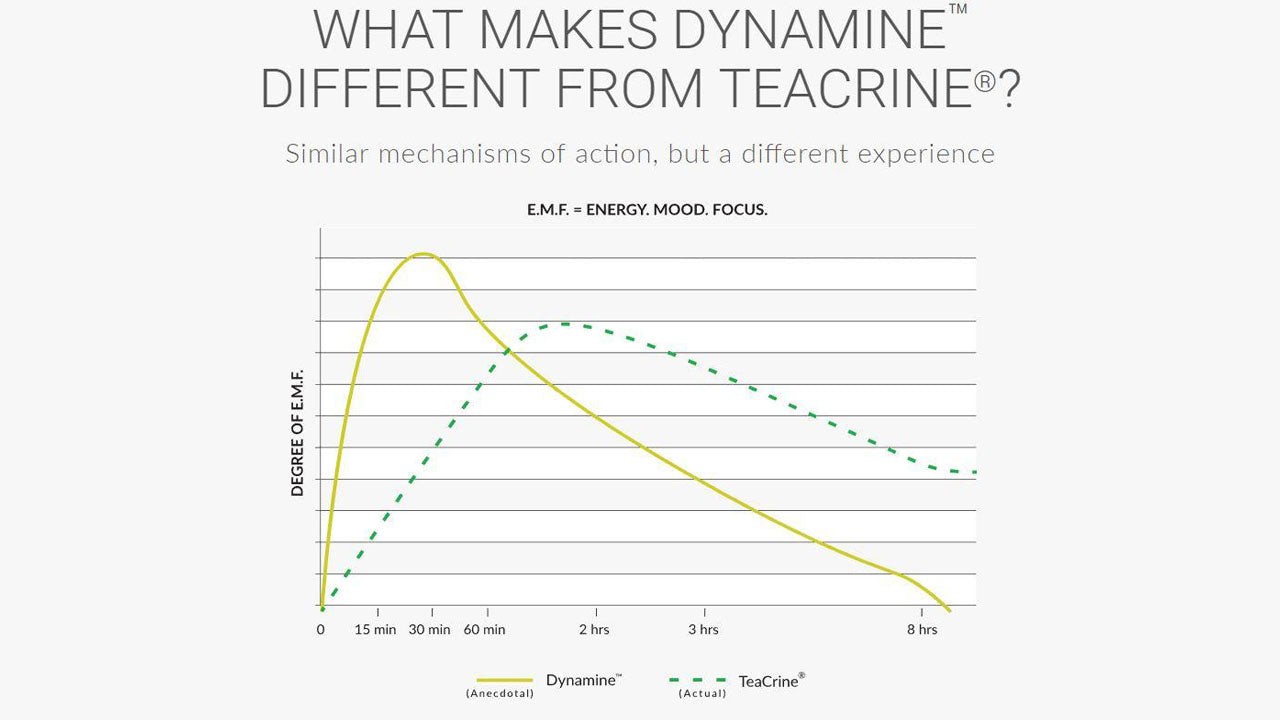


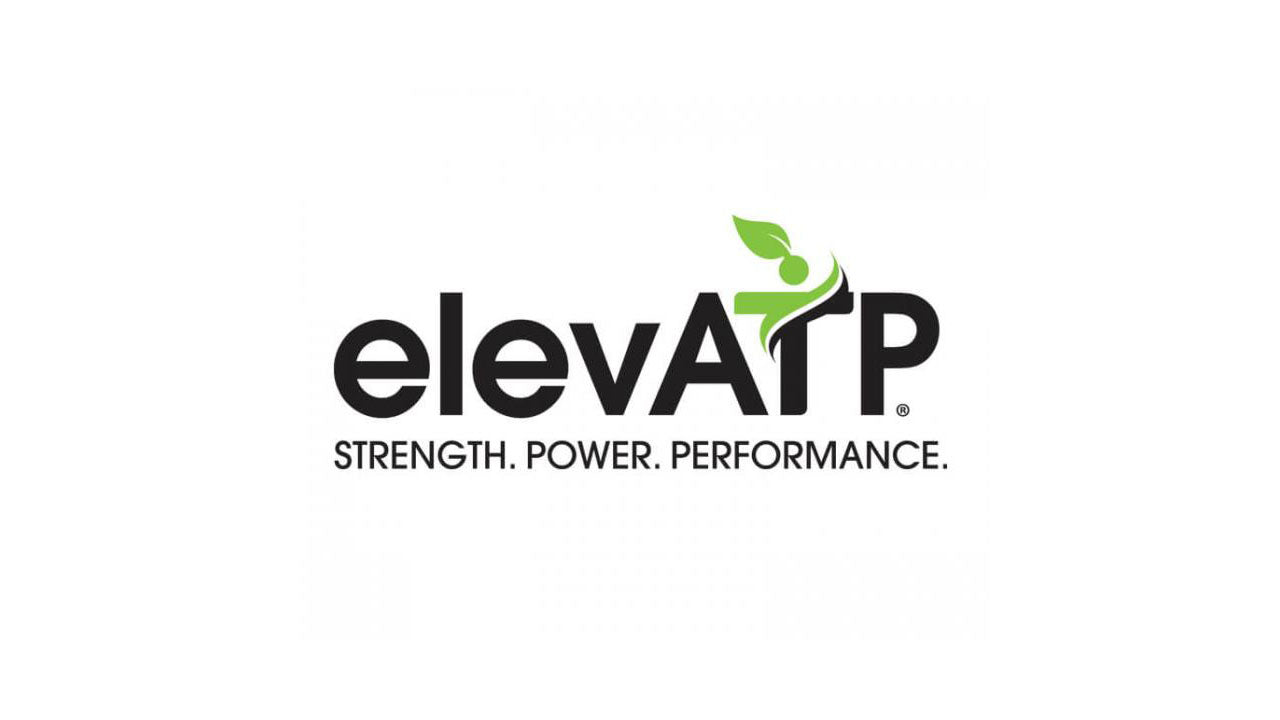
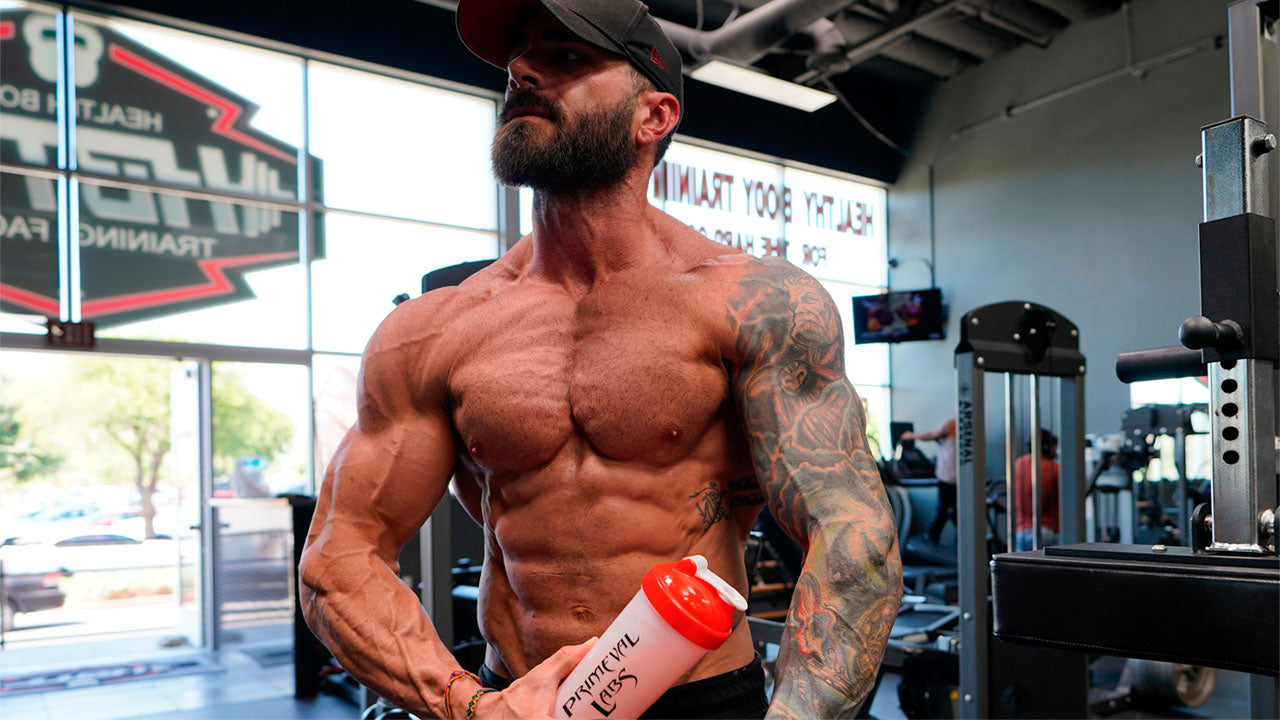
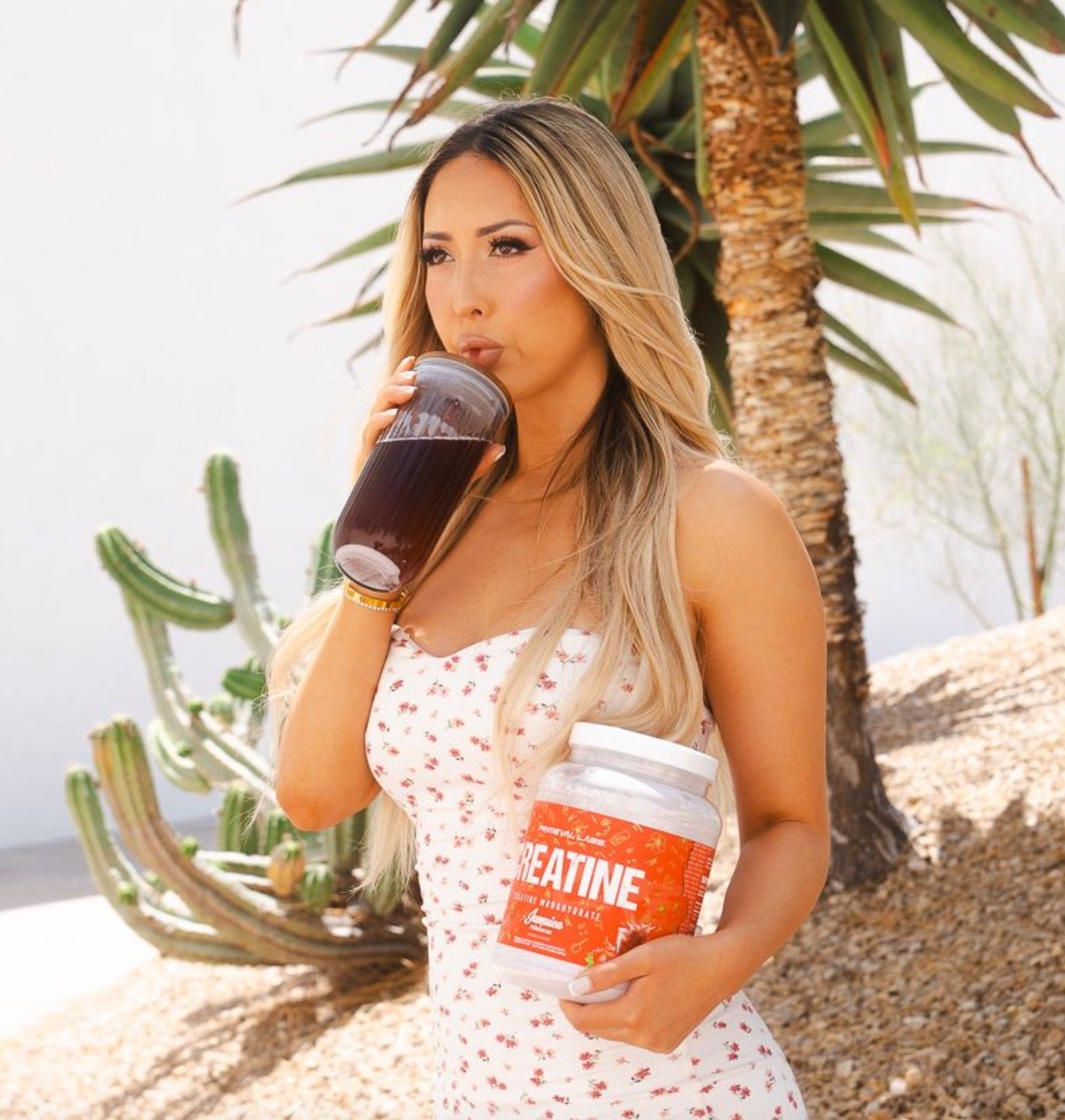
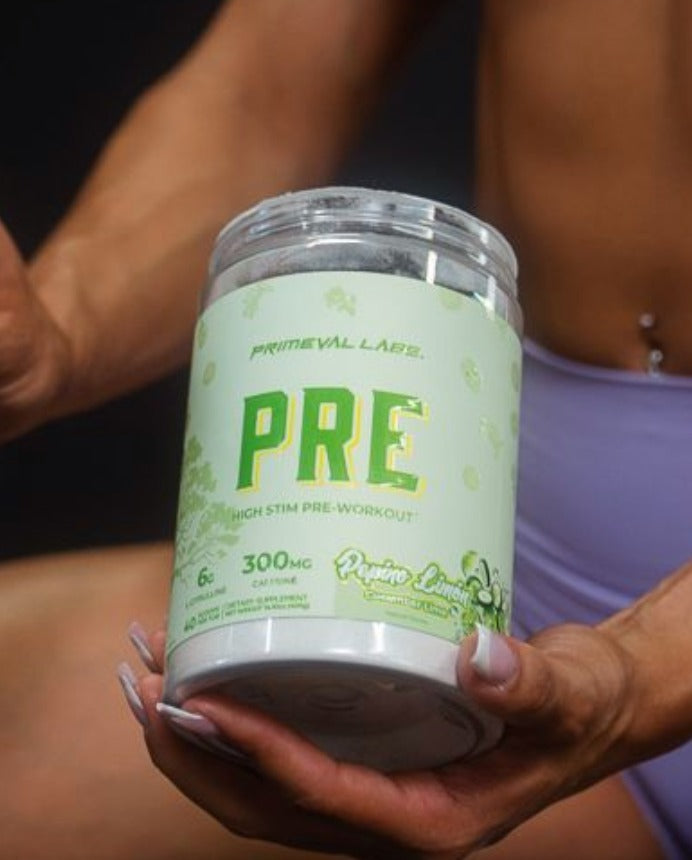


Leave a comment
This site is protected by hCaptcha and the hCaptcha Privacy Policy and Terms of Service apply.